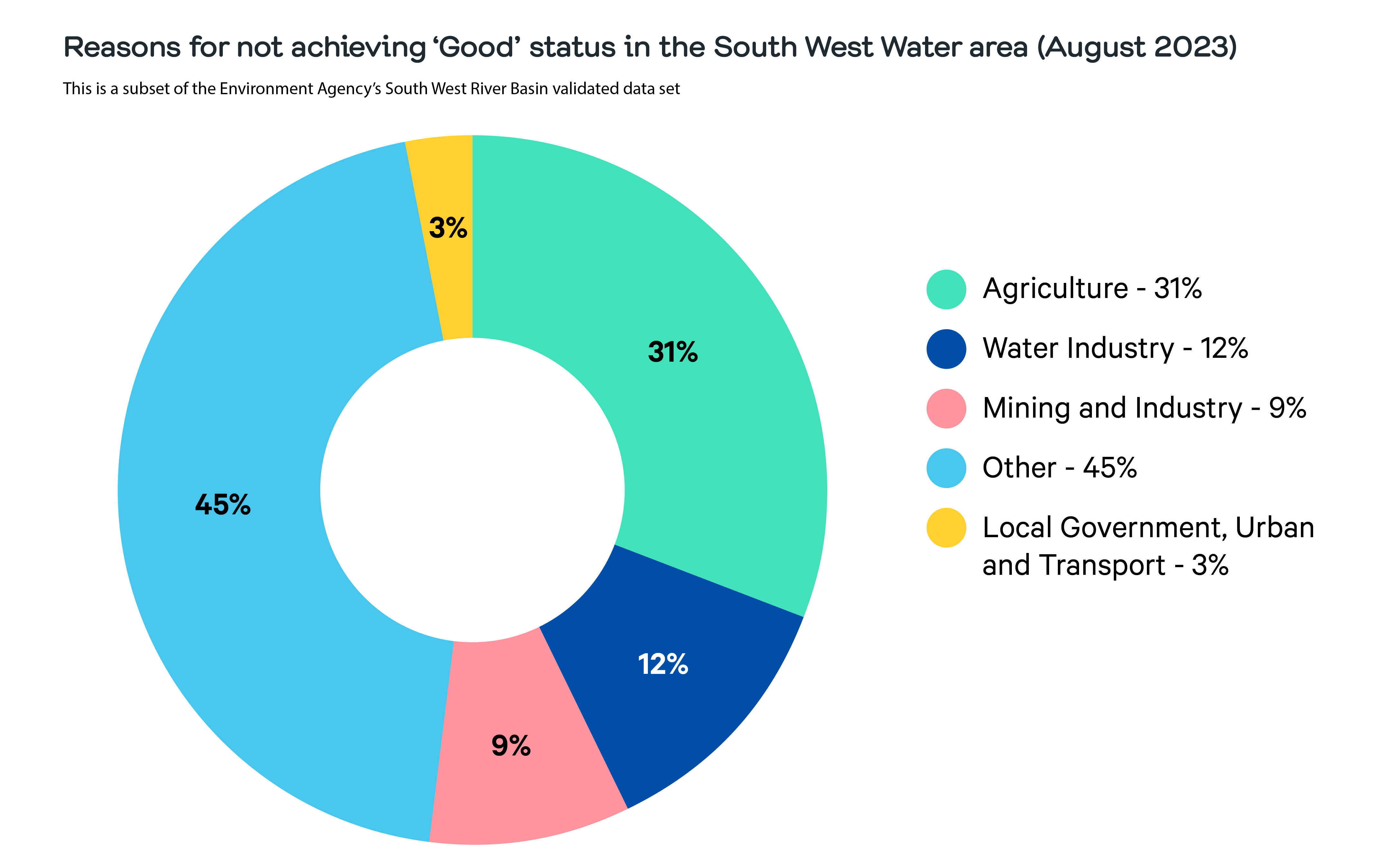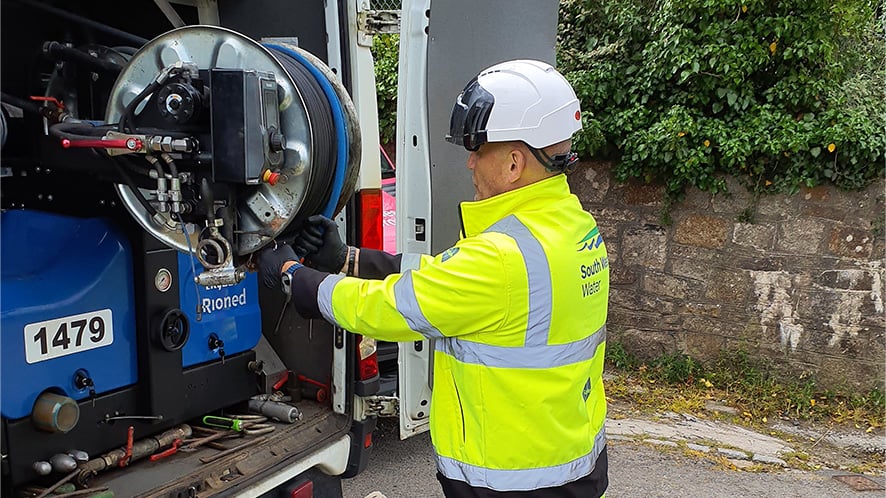
West Cornwall and the Fal
Managing wastewater and protecting water quality
About the catchment
In this area there are 216.5km of rivers and streams as well as a coastline which includes 53 designated bathing waters and 9 designated shellfish waters.
Why do we have storm overflows?
Storm overflows act like safety valves on the wastewater network. When the system becomes too full (for example, after heavy rain), storm overflows release the excess. If they didn’t work, sewage would build up in pipes and flood into people’s gardens and homes.
We want to reduce the need for storm overflows to operate, which is why we’re investing record amounts into improving, expanding and upgrading our network to better cope with the volumes of wastewater it deals with.
How we’re reducing our reliance on storm overflows in this catchment
We are reducing our reliance on storm overflows by:
- Reducing the amount of rainwater and groundwater entering our system
- Slowing the flow of water through the environment
- Increasing our network’s capacity to store and treat flows
Our monitoring teams constantly review data being sent back to us from our EDMs, sewer level monitors, river water quality monitors, flow and pressure monitors and water samples. This constant data-gathering is fundamental to modelling our system and identifying areas for improvement.
For this catchment, this means:
Water Management Challenges in St Agnes
River health
We use the Environment Agency’s measures of river health to assess our impact on rivers. Ecological status of our rivers are at a national low (just 14% of rivers achieved Good in 2022).
Currently, in our area, 12% of Reasons for Not Achieving Good Ecological Status (RNAGs) are associated with our activity. We estimate that our investments into our storm overflows will reduce this to c.9% by 2025, and we aim to make further investment to reduce this to 0% by 2050.
There are a lot of other factors that impact the quality of river and coastal waters. The pie chart below shows what they were in 2023, and the percentage of RNAGs they caused.

We work in partnership with others to improve water quality across our region and to help clean up the rivers in the South West.
The important role you play
A note for businesses
Areas of West Cornwall and the Fal welcome up to 79.1% more people in the summer. This means it’s a hotspot for hotels, restaurants, and cafes. If you own a catering or food-related business, we’ve got some useful information just for you about using our sewers in the right way.
Living in and serving West Cornwall and the Fal
Paul lives in a coastal village in West Cornwall. It’s his job to clear blockages, and attend sewer floodings and pollutions. Having to deal with wetwipes clogging up the system every day, Paul is passionate about raising awareness about sewer misuse to protect the planet.
“It is disheartening to witness the negative consequences of a seemingly harmless product. The realization that something as small as a wet wipe can have such a significant impact on our ecosystem highlights the need for responsible behaviour. These blockages not only disrupt the functionality of our sewage systems but also pose a threat to the environment.
“Please find sustainable alternatives and only flush the 3Ps – pee, poo and paper.”





